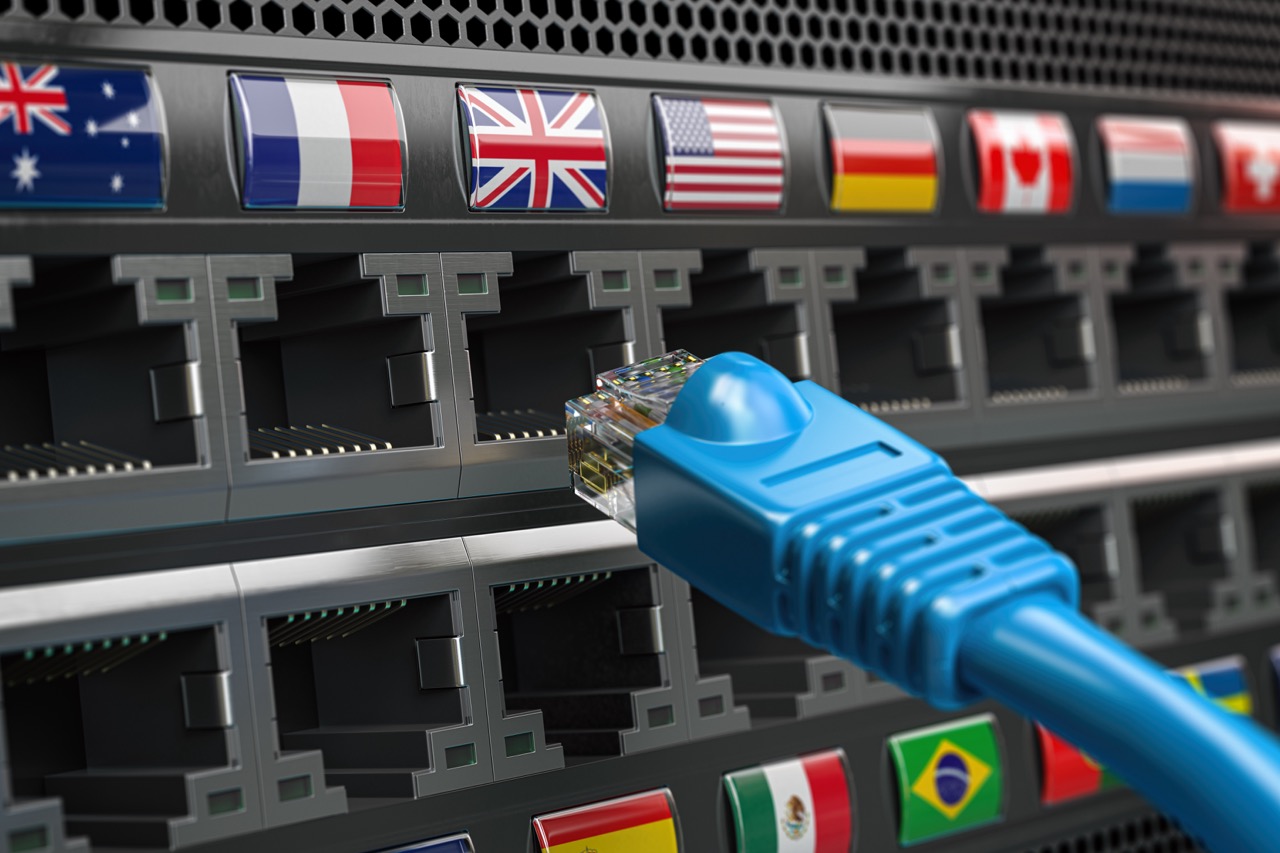In the digital age, the privacy and security of online activities have become paramount concerns for users worldwide. Virtual Private Networks (VPNs) are increasingly recognized for their ability to safeguard sensitive data and fortify internet security. However, a common question that arises among users is whether a VPN can actually enhance their internet speed. This article delves into the complexities of VPN technology and its impact on internet speed, providing a comprehensive understanding of the factors at play.
Understanding VPN Technology and Its Functionality
A Virtual Private Network (VPN) establishes a secure connection over a less secure network, such as the Internet. By creating an encrypted tunnel between the user’s device and a remote server, VPNs protect data from interception and eavesdropping. The primary function of a VPN is to enhance security and privacy, allowing users to browse the internet anonymously and access region-restricted content. This technology leverages various protocols to ensure data integrity and confidentiality.
VPNs typically operate by rerouting your internet traffic through a server owned by the VPN provider. When users connect to a VPN, their original IP address is masked, and their online activities are routed through the VPN server. This process not only encrypts data but also allows users to appear as though they are located in a different geographic location. Consequently, users can access content that may be restricted or blocked in their actual location, broadening their online experience.
While the primary intention of a VPN is to safeguard user data, its ability to affect internet speed is a nuanced topic. Users may experience varying levels of speed depending on several factors, including the quality of the VPN service, server locations, and the capabilities of the underlying internet connection. Understanding how these elements interact is essential for users seeking to leverage VPNs effectively for both speed and security.
The Impact of VPNs on Internet Speed and Latency
Utilizing a VPN can have both positive and negative effects on internet speed. On one hand, a VPN can potentially increase speeds by bypassing throttling imposed by Internet Service Providers (ISPs). Some ISPs intentionally reduce bandwidth for specific activities such as streaming or gaming, which can lead to frustratingly slow speeds. By masking the nature of the traffic, a VPN can allow users to enjoy a seamless experience even during peak usage times.
On the other hand, the encryption process inherent in a VPN can lead to increased latency and reduced speeds. The overhead associated with encrypting and decrypting data requires additional processing power and time, which can slow down internet connectivity. Moreover, if the chosen VPN server is located far from the user’s physical location, it may take longer for data to travel back and forth, further adding to latency. Therefore, while VPNs can potentially mitigate throttling, they may also introduce delays that can offset any speed gains.
Ultimately, the net impact of a VPN on internet speed is determined by the specific circumstances surrounding each user’s experience. Factors such as the stability of the user’s internet connection, the capabilities of the VPN provider, and the distance to the server all play crucial roles. It’s essential for users to conduct real-world tests to ascertain how a VPN may influence their internet speed in practice.
Analyzing Factors That Affect VPN Performance
Several key factors determine the performance of a VPN and its influence on internet speed. First, the quality of the VPN service is paramount. Not all VPNs are created equal; some may use outdated technology or have limited bandwidth, leading to slower speeds. Premium VPN services typically offer better server performance, more extensive server networks, and optimized connections that can significantly enhance user experience.
The geographical location of the VPN server is another critical factor. Connecting to a server that is geographically closer to the user generally results in lower latency and faster speeds. Conversely, connecting to a server in a distant location can introduce considerable delays, as data must travel further to reach its destination. Furthermore, server load can also impact performance; heavily trafficked servers may experience congestion, leading to reduced speeds for all users connected to that server.
Lastly, the user’s underlying internet speed and stability play a pivotal role in overall VPN performance. If a user has a slow or unstable internet connection, a VPN cannot compensate for these limitations. Additionally, the type of internet connection (fiber, DSL, cable) can greatly influence the experience; for instance, fiber optics typically provide higher speeds and reliability compared to DSL. Thus, users must consider both their local conditions and the capabilities of the VPN service they opt to use.
How VPN Protocols Influence Connection Speeds
The choice of VPN protocol can greatly affect connection speeds and latency. Common protocols include OpenVPN, IKEv2/IPSec, L2TP/IPSec, and PPTP, each with unique characteristics. OpenVPN is widely regarded for its balance of speed and security, making it a popular choice among users seeking optimal performance. However, the complexity of OpenVPN can lead to slightly slower speeds compared to simpler protocols.
IKEv2/IPSec is another protocol that offers high speed and robust security, particularly on mobile devices, due to its ability to quickly reconnect when the internet connection is lost. Conversely, PPTP is an older protocol known for its speed but is significantly less secure than its counterparts, making it less suitable for privacy-conscious users. Understanding the strengths and weaknesses of these protocols enables users to select the one that best fits their needs while considering the trade-offs.
In addition to the choice of protocol, VPN providers may also offer various encryption levels, which can influence speeds. Higher encryption levels bolster security but can result in increased latency, while lower levels may enhance speed at the cost of data protection. Users should evaluate their specific requirements—whether prioritizing speed or security—when selecting a VPN protocol to optimize their experience.
Testing VPN Speed: Tools and Methodologies Explained
To gauge the impact of a VPN on internet speed, users can employ various testing tools and methodologies. One of the most popular tools is Speedtest.net, which provides real-time data on download and upload speeds, as well as ping rates. Users can test their connection speeds with the VPN enabled and then again with it disabled to compare results objectively.
Another method involves using specialized VPN speed test tools that can provide detailed analytics on latency and throughput specific to the VPN connection. These tools often allow users to test different VPN servers and protocols, offering insights into which configurations yield the best performance. Additionally, conducting tests during different times of day can help users identify peak usage times and choose the optimal server for consistent performance.
It’s crucial to ensure that testing conditions are consistent to obtain reliable results. Users should avoid other bandwidth-intensive activities during testing and use a wired connection where possible to minimize variables. By systematically comparing results, users can make informed decisions regarding their VPN service and configuration to achieve optimal speeds.
Best Practices for Optimizing VPN Speed and Performance
To maximize VPN speed and performance, users should consider several best practices. First and foremost, selecting a high-quality VPN provider is essential. Users should look for services with a solid reputation for speed, a wide range of server locations, and minimal server congestion. Providers that offer optimized servers for specific tasks, such as streaming or gaming, can also enhance the experience.
Another effective strategy is to choose the nearest server available. By connecting to a server geographically closer to the user, latency can be minimized, improving speed. Users should also experiment with different protocols; for instance, switching to IKEv2 or OpenVPN may yield better results depending on the specific circumstances and the device in use. Additionally, enabling split tunneling can allow users to route only specific traffic through the VPN, conserving bandwidth for other activities.
Finally, maintaining a stable internet connection is essential for optimizing VPN performance. Users should ensure their local network is functioning effectively and consider upgrading their internet plan if they consistently encounter slow speeds. Regularly updating VPN software and ensuring that any background applications that could consume bandwidth are minimized can also contribute to an enhanced experience. By implementing these best practices, users can fully leverage the advantages of a VPN while maintaining optimal internet speed.
In conclusion, the relationship between VPN usage and internet speed is multifaceted, characterized by various influencing factors ranging from the quality of the VPN service to the choice of protocols and server locations. While a VPN can sometimes enhance speeds by circumventing ISP throttling, it may also introduce latency due to encryption processes. Users seeking to optimize their VPN experience should adopt a systematic approach, implementing best practices and utilizing testing tools to assess performance effectively. Ultimately, understanding these dynamics empowers users to make informed choices, enhancing both their online security and browsing experience.










